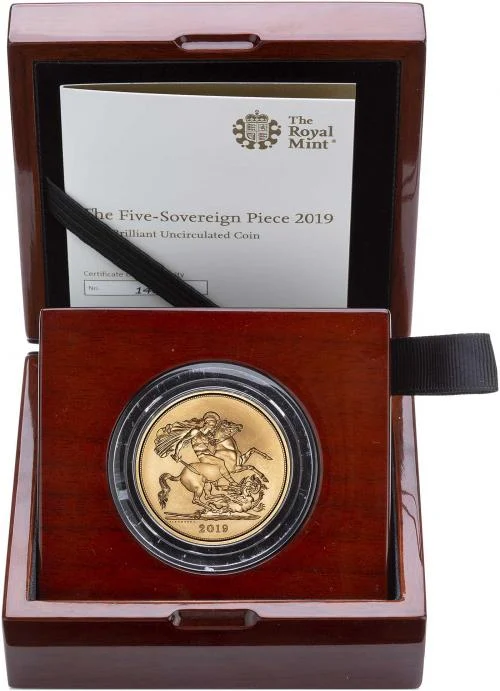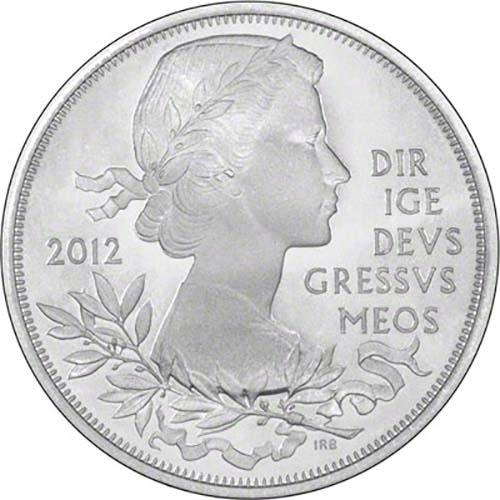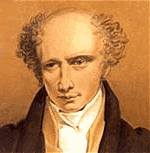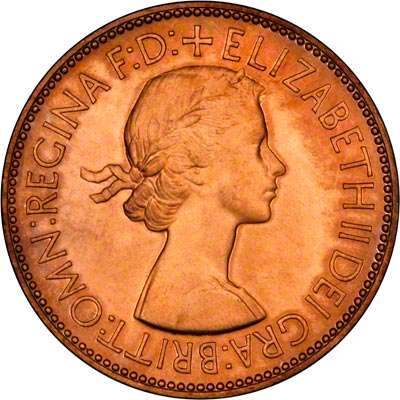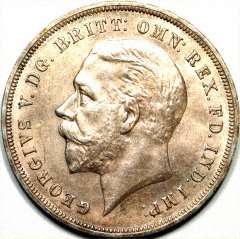I've Found an Old Coin, What's it Worth?
Synopsis
So you've found an old coin, and want to know what it is, and what it's worth!
How Much is My Coin Worth?
Here at Chards we offer free advice if you call or come into our showroom. However, please read this carefully before you do anything else!

Free or Fee?
Free Advice
55 Years of Experience
However, most people want our expert advice for free! The amazing thing is, that we go along with it, and do actually give out lots of friendly helpful advice for nothing. You might think to ask why we do something for nothing, after all if you wanted advice from your solicitor or accountant, he would charge you plenty. We also like to make a livelihood. We provide our free advice service out of goodwill, we hope you will go away happy, and recommend us to your friends and relations. Perhaps you will also come back to us if you decide to sell your coin, or some jewellery, scrap gold, etc. As we also sell coins jewellery, diamond rings (we design and create them), we also hope you might be a future customer.
We don't mind playing the game, but we have a few rules which we like to see observed, otherwise we take our ball away:
- For personal callers to our showroom, we are quite happy to make an offer to buy.
- As we're usually doing this for free, we expect courtesy and respect on both sides, now that we mention it, we expect this even if we are being paid!
- What we provide for free is not really a valuation, it's usually an offer to buy. You want as much as you can get, we want to buy for as little as possible. Caveat emptor! Actually, we don't try to buy for as little as possible, because we value our reputation, and we do get repeat and recommendation business from vendors, so perhaps our policy works. Just remember, though that most other traders don't work for nothing, so most free valuations are just offers to buy.
- Once we give a price, we don't expect to haggle. We will always listen to what you have to say, but we prefer you to say it first! Tell us what you know first.
- Everyone starts by asking what their coin is, then after we've told them, they ask how much it's worth. We don't mind if you ask the other way round, or even both together!
- Identifying a coin over the telephone or e-mail is more difficult and time-consuming than doing it first-hand with the advantage of being able to see the coin. What can take 2 seconds to do live, can take 20 minutes by telephone. We can't afford to give this amount of time free! If you can't bring it to us, the best starting point is your local library or museum. They have books and paid staff to help you, all paid for out of your tax money. What they will not do is provide a valuation, partly because if they get it wrong you might try to sue them. But, hey!, if they help you find it in a catalogue, most catalogues contain prices, failing this, at least you know what it is, so now you're at least half way there.
- Help yourself as much as possible first. Examine the coin (best to avoid cleaning or rubbing it, in case it is valuable), Is it heavy or light? It helps to know the weight, preferably in grams. Does it look gold coloured, silver coloured, copper coloured? How big is it? If you're going to telephone, measure it first, preferably in millimetres.
- If we tell you a fact or express an expert opinion, please don't argue with us. If you know better than we do, then why are you asking us in the first place?
- We regret that we cannot give you a free valuation by e-mail. Some days we receive several hundred e-mails, many of which are requests for free valuations. We struggle to reply promptly to everybody who wants to buy something, let alone those who want something for nothing.
"I think I’ve already identified my coin so I won’t trouble you for free advice. I think it’s a George III halfpenny, but I cant make out the year unfortunately as its quite worn. It was a metal detecting find in a Norfolk field. I just wanted to congratulate you on your site. I think it’s the most jargon and legal free one I’ve ever seen. It’s also put together in an honest and open way and the advice looks sound. I’m new to metal detecting and I conduct my research on site such as yours, so many thanks" - Peter, via email
Most of the coins people ask us about are worth very little! We're sorry about that, but don't blame us, it's not our fault. Don't shoot the messenger. Think about this fact, coins made civilisation possible, they are also the one article mass produced in millions, which nobody ever throws away! For this reason, there are more old coins in existence than there are coin collectors. This is good news if you are a coin collector, but bad news if you are trying to sell. Hey, we've got more coins than you, and we've been trying to sell them for over 55 years. We have also got more than we started with! First the bad news... Most coins are not valuable!
Coin Collectors Are Not Rich
Most coin collectors aren't wealthy, they're just ordinary people with an interesting hobby. Most of them would prefer dating Cindy Crawford, but collecting coins is less expensive. The point is that collectors don't want to pay high prices, and as dealers, we have to make a profit or go out of business. So don't expect fortunes, and you won't be disappointed. Condition, or state of preservation, is most important. Just as Cindy Crawford would be in more demand at age 20 rather than 90, so collectors prefer coins in mint condition rather than worn condition. Many people then tell us that you can't expect a 100 (or 10 or 50) year old coin to still be in mint condition precisely! It is because mint condition coins have rarity value that they command premium prices. Even ancient Roman and Greek coins exist in mint state, often at reasonable prices.
Our Buying Prices
Best Value Coins
For most British coins, we have a very easy rule-of-thumb, to guide you as to what we will pay. First find the coin in a catalogue, we recommend Seaby's (published curiously enough by Spink) Standard Catalogue of British Coins, then try to accurately assess the grade. Don't exaggerate it, otherwise you will only be fooling yourself. Our buying prices are approximately half the catalogue less £1 per coin. For world coins, we recommend Standard Catalogue of World Coins, by Krause; for Roman coins, we recommend Roman Coins & Their Values by David Sear.
Examples
- Catalogue value £100 - Expect to get about £50 less £1. In practice, we would probably pay between about £40 to £60, depending upon our stock, demand, etc.
- Catalogue value £5 - Expect to get about £2.50 less £1, equals £1.50, and we would probably pay between £1 to £2.
- Catalogue value £2 - Half of £2 is £1, less £1 equals zero. In practice, we would probably pay between 1p and 20p.
If you think our profit margin is high on £1 coins, then please consider that it probably costs us £1 worth of our time to negotiate the purchase of any single coin. It also costs about £1 of our time to sell any single coin. Now on coins at £10 upwards, this doesn't matter much, but it does mean that we probably make a loss whenever we buy or sell a low value coin. We would probably pay 5 or 10 times more each if you have a large quantity of identical coins!
A Few Exceptions
When we wrote this page originally, it was aimed at people who had found an old coin, and wanted to know what it was, and its value. Recently we have had people bringing us modern issue coins and sets, and expecting our buying price formula to apply to these also. While this does apply sometime, it is not always the case, for a number of reasons. We like most dealers would prefer to buy real coins, coins with some history attached to them. Most modern issue coins are designed, targeted, and mass produced for sale to "collectors". While many of their designs are very attractive, a coin or any other collector's item which is manufactured primarily for collectors will never have the appeal of a similar item made for circulation, and which has acquired greater collectability with the passing of time, especially if it has been preserved in exceptionally good condition, and has become rarer through a natural process of attrition. Secondly, we dealers are only human, and we get much more pleasure out of buying a minty Victorian halfcrown, or a Fine condition Charles I shilling, than we get from yet another suitcase or cardboard box full of encapsulated silver proof "Queen Mother" collections from 50 different countries. Some days the sight of a blue mock velvet "Westminster Collections" box or wallet is enough to put us off our lunch!
Related Blog Articles
This guide and its content is copyright of Chard (1964) Ltd - © Chard (1964) Ltd 2025. All rights reserved. Any redistribution or reproduction of part or all of the contents in any form is prohibited.
We are not financial advisers and we would always recommend that you consult with one prior to making any investment decision.
You can read more about copyright or our advice disclaimer on these links.













